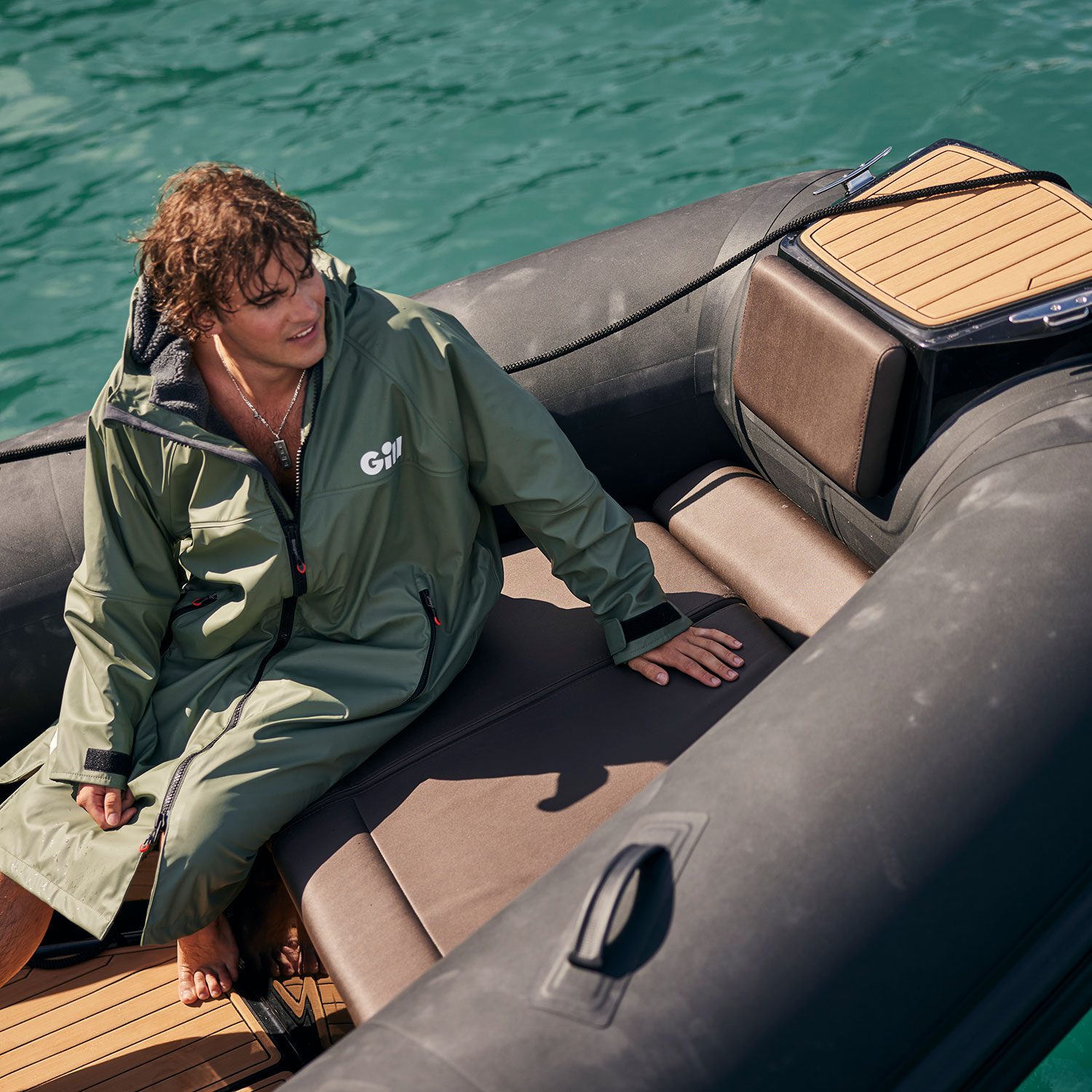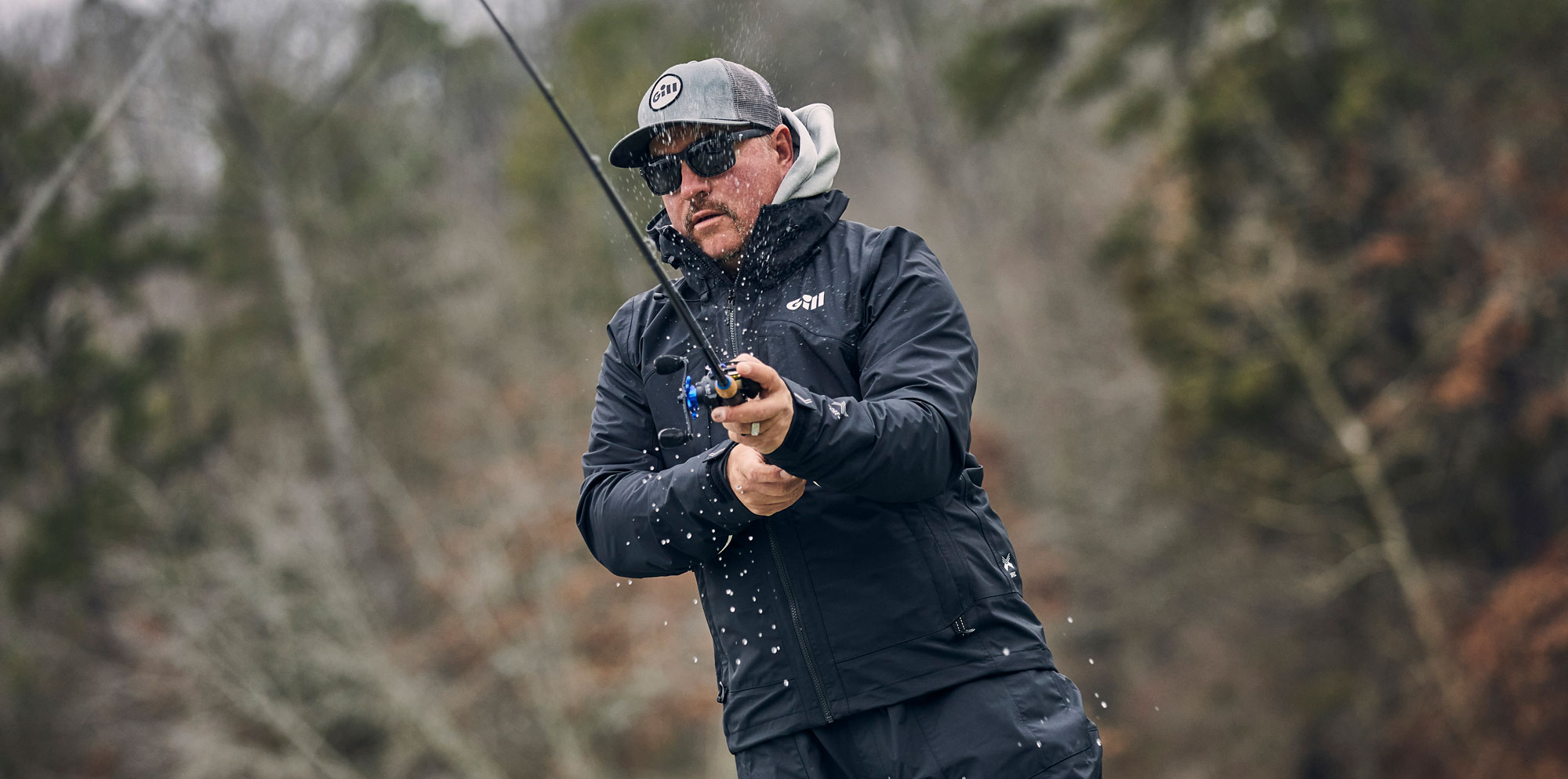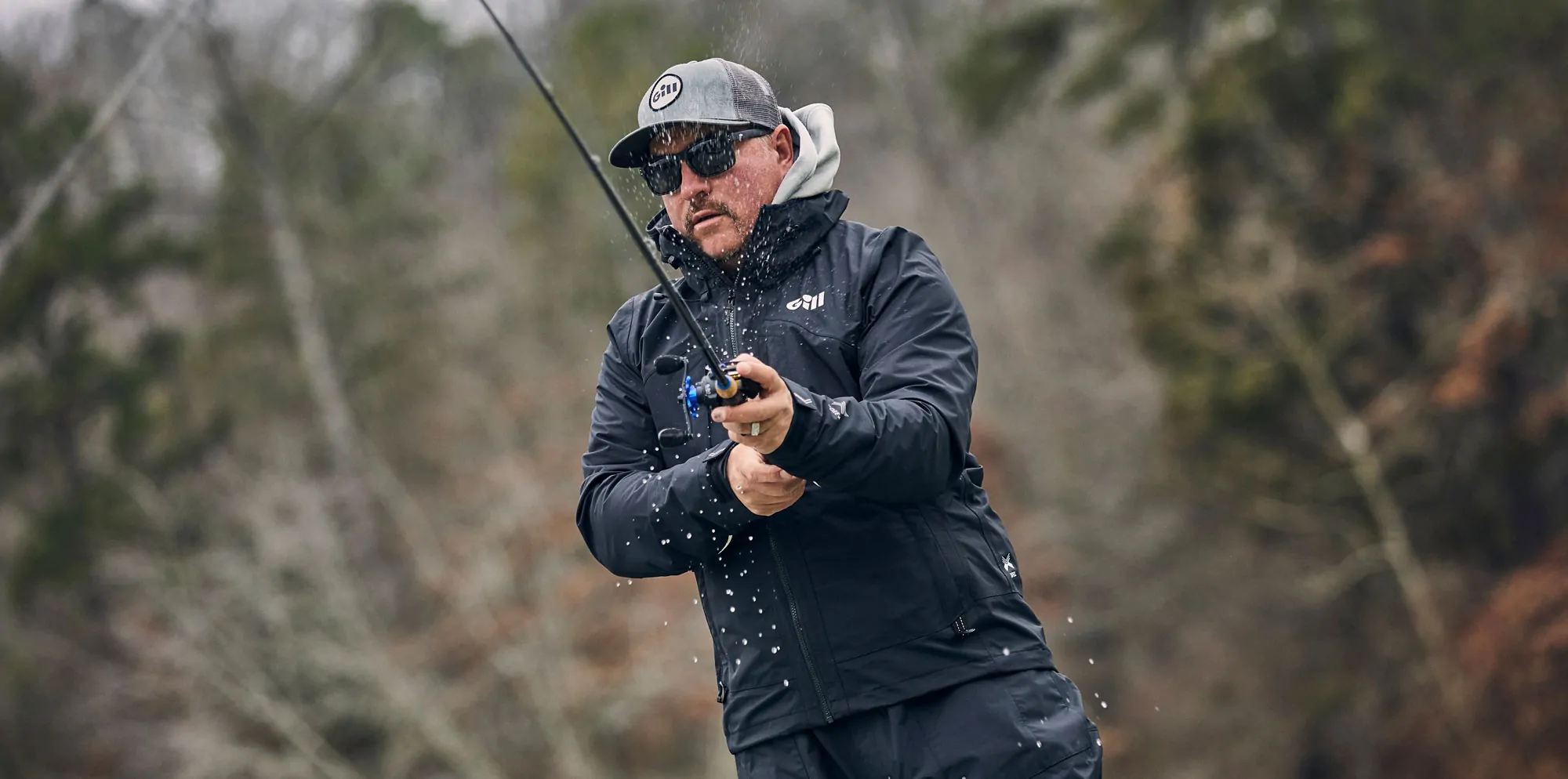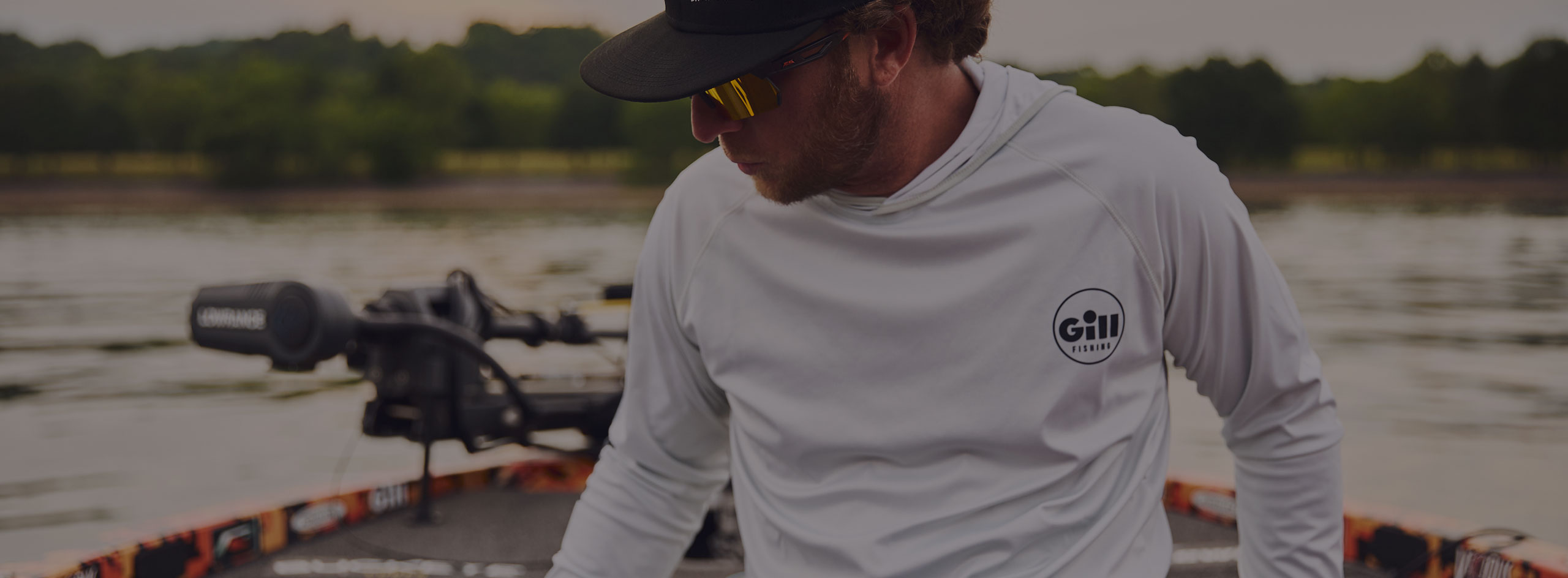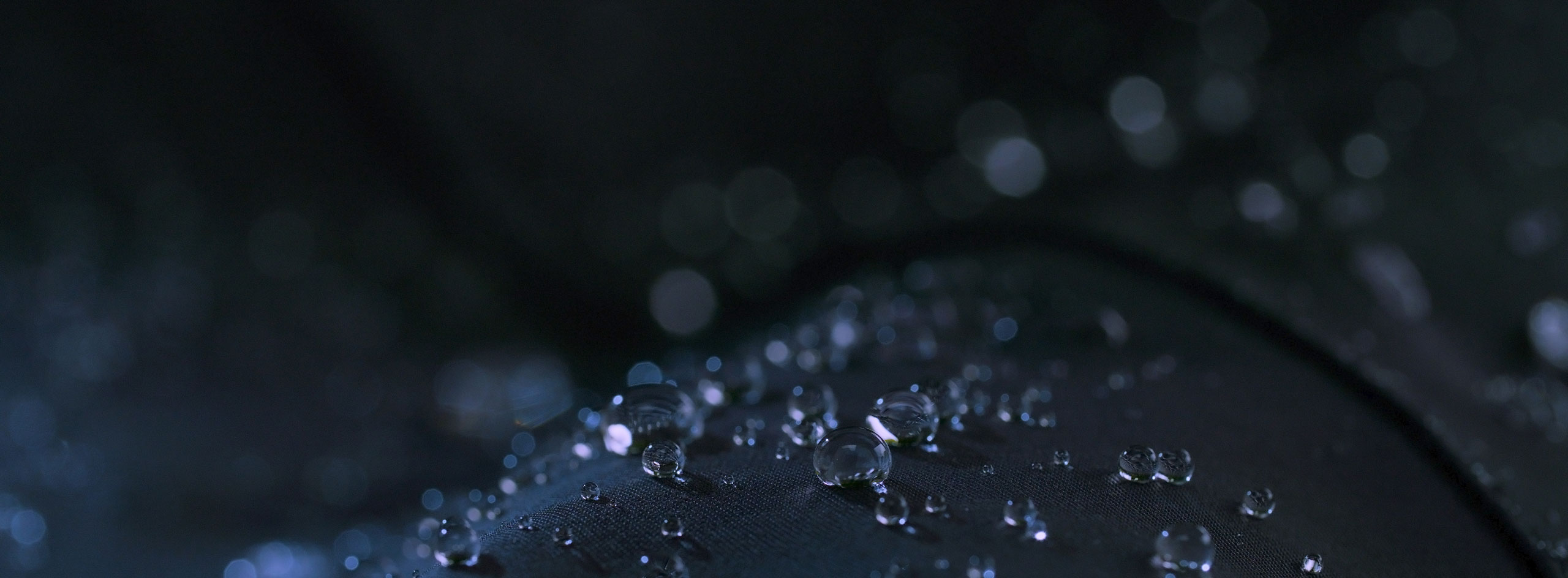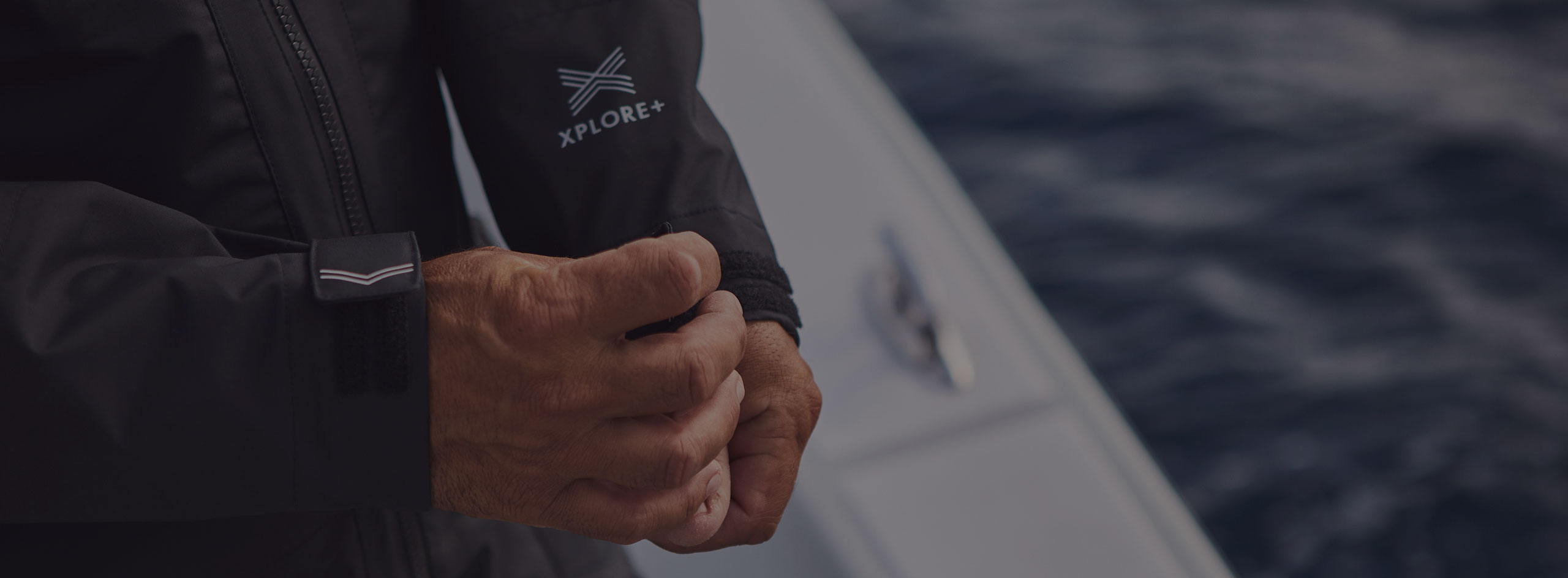The Basics of Freshwater Fishing
Freshwater fishing takes place in any body of water or river where the water contains less than 0.5% salt. Any inland lake or river will be freshwater, as opposed to saltwater, which is the water present in seas, oceans, coastal estuaries, and bays.
For this reason, freshwater fishing is an ever-popular activity because of the proximity practically everybody will have to a body of water or water course of this type.
Freshwater fishing can be done in many ways. A popular option is shore fishing and bank fishing, where a fisherman stands or sits beside a river or lake and fishes from this position. Another option is kayak fishing, where a fisherman goes out on a kayak and fishes to gain access to deeper water.
Shore fishing and bank fishing are two particularly accessible, easy, and prevalent ways for beginners to get into freshwater fishing, allowing for rewarding experiences and success when it comes to landing a good catch.
It must be said however that there are important regulations to adhere to, with fishing licenses required for most spots. Fishing for the first time with somebody who knows the local conditions and regulations is always a good idea.
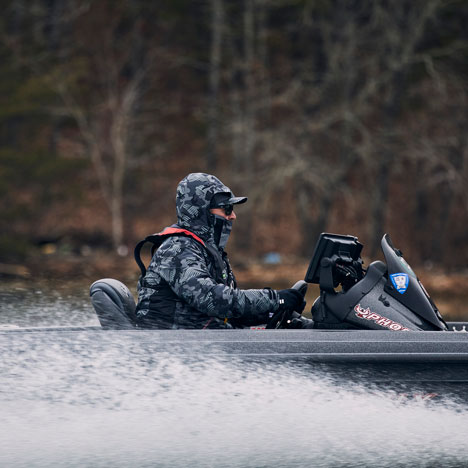
Getting your gear, tackle and bait right
Freshwater fishing is an activity that requires several important pieces of equipment from the start.
Fishing rods, reels, lines, and hooks are all necessities for a successful day beside the water. For beginners in freshwater fishing, a medium-action fishing rod that measures around 6 to 7 feet long, paired with a spinning reel, is our recommendation.
Beginners should also look to use monofilament fishing line in the 8-12 lb test range. This will provide beginners with the kind of versatility they need. Also look to start with basic hook sizes (6 to 10) and weights (1/8 to 3/8 ounces). This will give you the flexibility to cover various fishing scenarios. A fishing rod combo kit is worth considering, as these typically include all the necessary components you will need when starting your freshwater fishing journey. And if you have a specific species of fish in mind to catch, aim to research the best gear for this, as well as the best fishing environments for these kinds of catch.
There are numerous types of fishing tackle that can be used, including weights, floats, and lures. Weights sink bait to the desired depths for certain fish, while floats keep bait or lures suspended, and lures imitate prey to attract fish. Lures come in a variety of possible shapes and colors to mimic insects, small fish, or other prey. This triggers the predator instinct in the fish, and they are attracted by the visual and sometimes auditory stimulation. They confuse this for real food, and this is when a catch is possible.
In terms of bait, live worms and nightcrawlers are excellent bait choices for beginners in freshwater fishing. These types of bait are readily available and easy to use. They also attract a wide variety of fish species. All you need to do is thread a worm onto a hook, cast it into the water, and let it do the work. The worm’s natural movement and scent proves irresistible to many freshwater fish, making them a great starting point for beginners to catch their first fish.
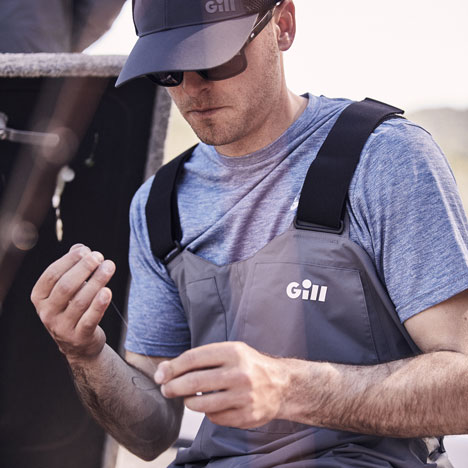
Location, Location, Location
Many rivers and lakes are renowned for their natural beauty, so finding a pleasant spot to try freshwater fishing in shouldn’t be too difficult.
A good freshwater fishing spot will have plenty of vegetation and cover for fish to hide and feed in. Particularly good spots are areas with varying water depths, as well as places with structures like rocks or fallen trees, and underwater features like drop-offs and submerged ledges. Other things to look out for are signs of insect activity or other fish feeding on the surface.
Be sure to do research into good fishing spots near you. This will give you an idea of the kind of fish available, as well as any licenses or other information you may require.
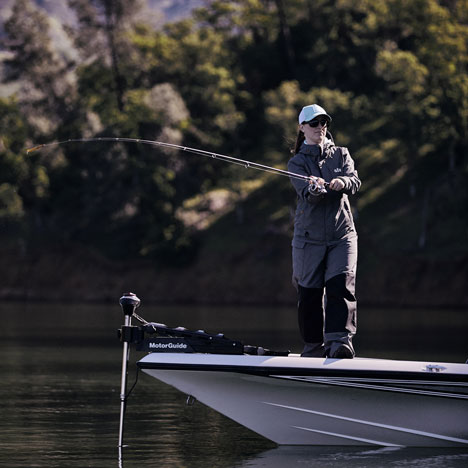
Best Fishing Techniques
Casting, reeling, and setting your hook are vital things to consider when it comes to freshwater fishing for beginners, and this can certainly prove challenging for any newbie.
Casting is the act of propelling the fishing line and bait or lure into the water. Beginners can use spinning reels or baitcasting reels to cast their line from the shore or a boat to the desired fishing spot.
After casting, the angler retrieves the line by turning the reel handle. The speed and technique of reeling will vary depending on the fishing style and the targeted fish species.
When a fish takes the bait or lure, the angler must swiftly and firmly pull or jerk the fishing rod to set the hook securely in the fish’s mouth. This action ensures the hook penetrates, allowing the angler to reel in the caught fish successfully. Proper timing and technique are crucial for effective hook-setting, and are elements that fishermen develop over the course of time.
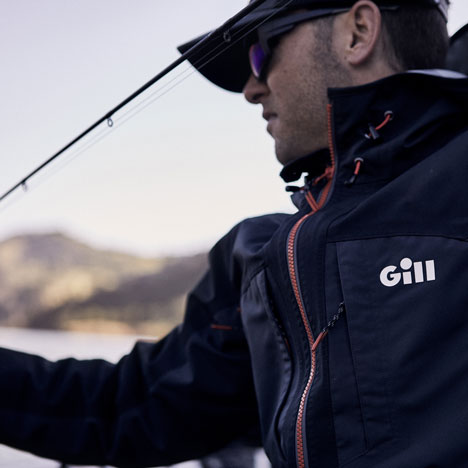
Enjoy your freshwater fishing!
We hope this guide has been useful and given you a great insight into how to start freshwater fishing as a beginner.
At Gill Fishing, we have a superb assortment of fishing apparel and freshwater fishing gear for beginners, all suitable for any newcomers to freshwater fishing.
We also have plenty of content on the topic, be sure to browse through all of our freshwater fishing content and get fantastic insights from Gill Fishing.
